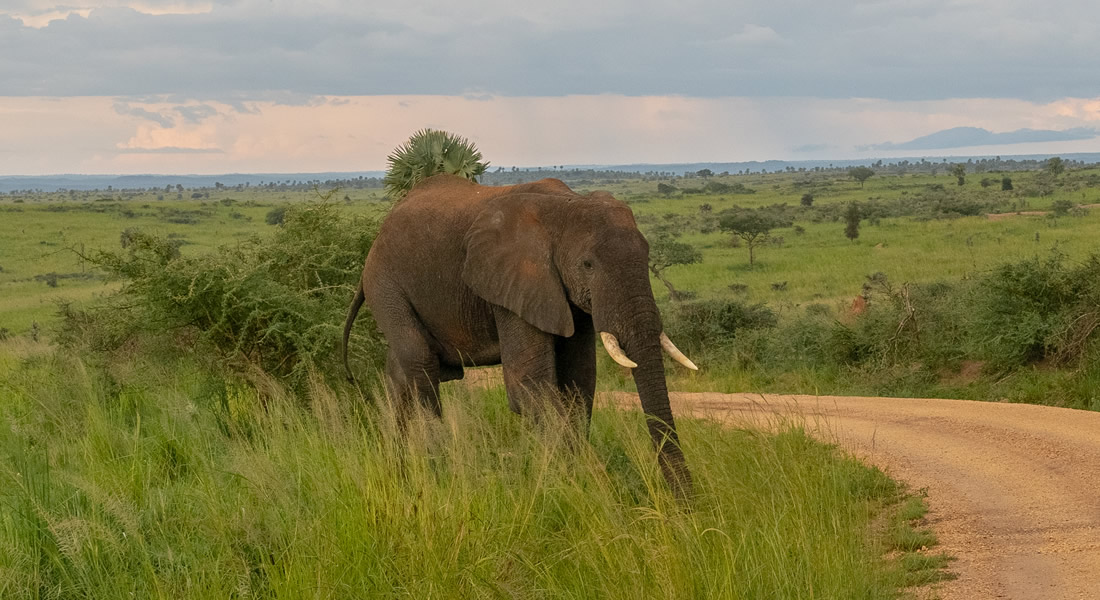The Bokora Game Reserve, which is in northeastern Uganda and is located in the semi-arid Karamoja region, was established in 1964 and is managed by the Uganda Wildlife Authority. It spans a distance of about 794 miles of dry plain grasslands, starting from Mount Kadam in the north to Mount Napak in the south. Pian-Upe, Matheniko, and Bokora are the four ethnic groups that make up the Karamoja area. Each game reserve in the area was given its name after the population it contains; for example, the bokora dwell in the region named after them.

The reserve is largely made up of arid plains, with the mountains Kadam and Napak serving as its primary natural landmarks, along with bushes, small trees, and shrubs. It is a wildlife corridor that connects Kidepo Valley National Park, Matheniko, and Bokora to Pian Upe Wildlife Reserve, which is the second-largest protected game reserve in Uganda after Murchison Falls National Park. Amazing wildlife has made it home here, including antelopes, striped hyenas, lesser kudus, buffaloes, lions, zebras, spotted hyenas, hartebeests, and beautiful birds.
It has long been known that buffalo and elephants use the Bokoro subregion as a route between south Kidepo and the nearby game reserve. The Bokora Karamojong group are creative with lovely crafts, housing, norms, and traditions, and above all they are very hospitable people. Trips can be organised to meet them and experience Karamojong culture while purchasing crafts and souvenirs from their markets.
During the rainy season, it is difficult to reach the game reserve due to the terrible road conditions. The locals’ extensive encroachment on the park in an effort to grow food and provide locations for animals to graze during the dry seasons continues to be an issue. The area has also long been viewed as an unsafe place to visit because of the animosity of the Karamojong tribe. The Uganda Wildlife Authority has launched a number of community sensitization programmes to inform the people about the advantages of tourism and how they may benefit from it, despite the fact that they continually evicting them.
In this section of the nation, where temperatures may reach 40 degrees centigrade and there are only two rainy seasons each year, animals must be able to withstand extreme climatic conditions in order to exist. The driest months are January and December, when there are typically high winds. Even though the months of July through September are the greatest for travel, the wildlife reserve is open all year.
Due to the region’s bad roads, there is a lack of accommodations. Camping would be the best choice near Bokora, however one may instead spend the night in Kotido or the Moroto district instead. The Uganda Wildlife Authority aims to provide better lodging in this area. While travelling, it is advised to wear light long sleeve shirts, long trousers and boots. It is also advisable to apply sunscreen and insect repellent because it might get rather hot. It is situated in Uganda’s northeastern region.
